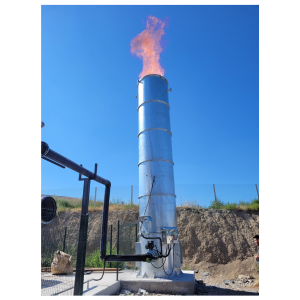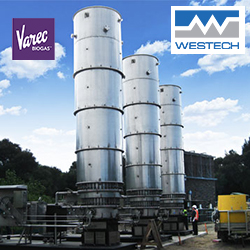Product Suppliers
Service Providers
Projects & Bids
News & Events
Tools & Resources
RNG Forum 2025

Flare Systems
Organics Ltd provides engineering equipment that falls into two main categories: Environmental Protection and Renewable Energy. Their services include low emission flare systems, of which they have many hundreds of installation around the world, odor control, landfill gas extraction and utilisation, anaerobic digestion systems and advanced thermal processing (pyrolysis and gasification). They specialize in field and landfill engineering in particular.







